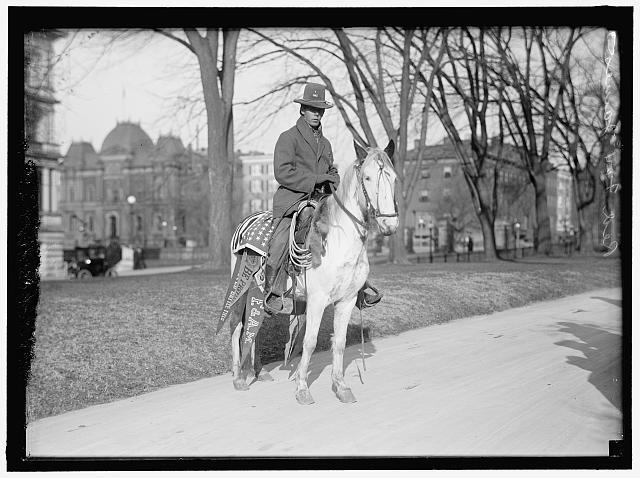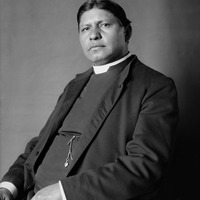Contents
Native American Heritage Month
Land Acknowledgement Statement
As a land-grant institution, the University of Illinois Urbana-Champaign has a responsibility to acknowledge the historical context in which it exists. In order to remind ourselves and our community, we will begin this event with the following statement. The University of Illinois Urbana-Champaign sits on the lands of the Peoria, Kaskaskia, Piankashaw, Wea, Miami, Mascoutin, Odawa, Sauk, Mesquaki, Kickapoo, Potawatomi, Ojibwe, and Chickasaw Nations. It is necessary for us to acknowledge these Native Nations and for us to work with them as we move forward as an institution. Over the next 150 years, we will be a vibrant community inclusive of all our differences, with Native peoples at the core of our efforts.
Introduction to Native American Heritage Month
Efforts to establish Native American Heritage Month can be traced back to the early 20th Century, when the annual Congress of the American Indian Association, the first national American Indian rights organization run by and for Native Americans, formally approved a plan to establish American Indian Day. Its president, the Arapaho Reverend Sherman Coolidge issued a proclamation on September 28, 1915, to declare the second Saturday of each May as American Indian Day. A year before this proclamation Red Fox James, an active member of the Society of American Indians, rode on horseback from state to state to seek support for a day to honor Native Americans. On December 14, 1915, he presented the endorsements of 24 state governments to the White House. It wasn’t until 1916, however, that the governor of New York declared the first American Indian Day. Many states followed suit with a large percentage choosing to celebrate American Indian Day on the fourth Friday in September.
Almost 75 years later, President George H.W. Bush approved a joint resolution that had been introduced by Hawaii senator Daniel Inouye and congressional delegate Eni Faleomavaega of American Samoa. This led to November being designated as “National American Indian Heritage Month” in 1990. The resolution recognized that “American Indians were the original inhabitants of the lands that now constitute the United States of America”. It also recognized the “essential and unique contributions” Native Americans have made to the United States.
Native American Heritage Month is a time to celebrate the traditions, languages, and stories of Native American communities. While there have been major strides in representation, including the appointment of Secretary Deb Haaland as the first Native American cabinet secretary and Joy Harjo as the first Native woman to serve as National Poet Laureate, we must also acknowledge the history of broken treaties, dispossession of ancestral lands, and immense loss of life and work to address issues still facing Native American communities.


